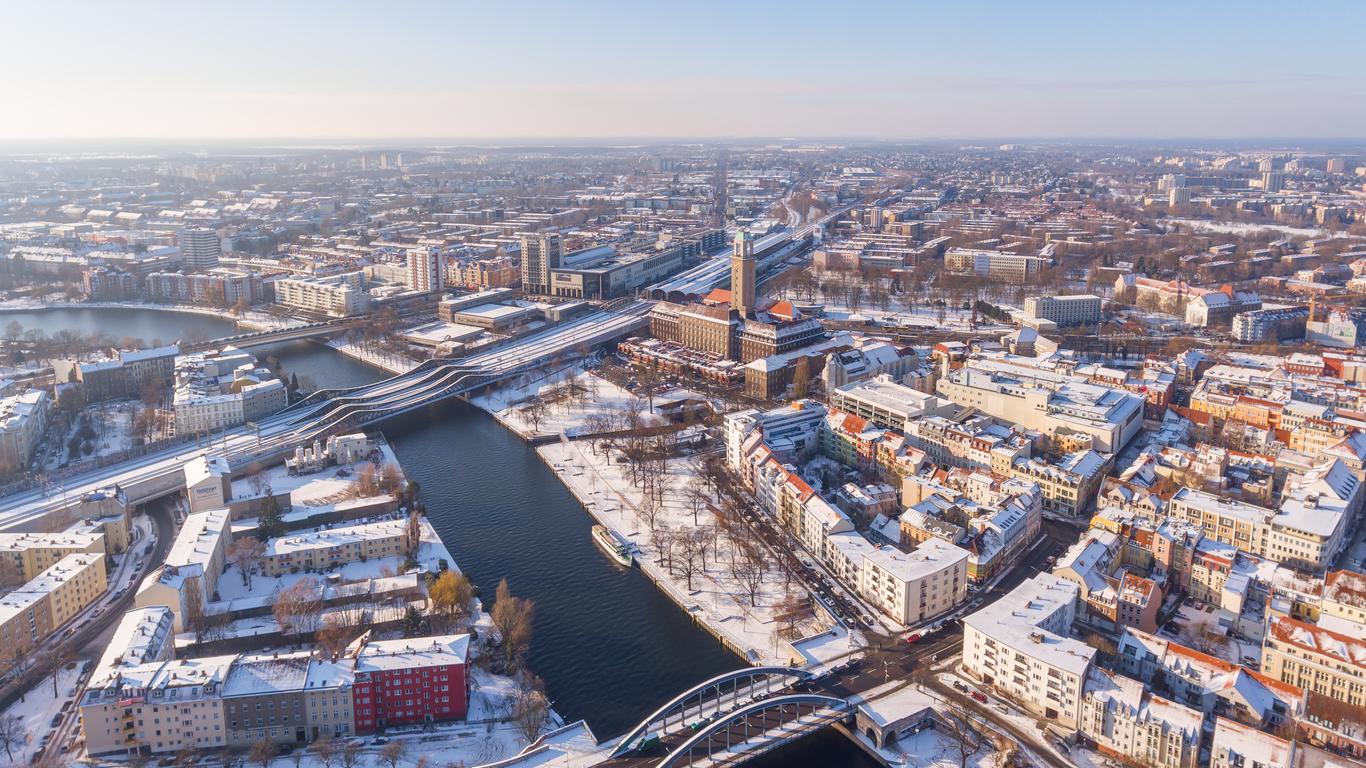Spandau, a borough of Berlin, sits between two main rivers, the Havel and the Spree. It is well known for being the home of the former prison used, amongst other things, to house the Nazi war criminals who were later sentenced at the Nuremberg Trials. It was also utilised by the British New Romantic band Spandau Ballet, who had taken the name from the borough in the days it had sat in the British sector of what was then West Berlin.
It’s easy to relive the Renaissance atmosphere of the past when walking through the city’s old quarter. In fact, the 11th century Spandau Citadel is looked upon as being one of Europe’s best-preserved fortifications of its day. The exterior of the Citadel, which was built by Italian architects at the end of the 16th century, further enhances its beauty. Many of the area’s historical buildings and Middle Ages excavations have now been restored, providing easier access.
Both regional and long distance trains stop at Spandau Station, which is directly connected to the U-Bahn and S-Bahn. The Bahnhof Spandau and Rathaus Spandau bus stops in front of the station entrance are served by more than ten city and regional bus lines. There is also a choice of taxi companies based at Spandau Station. Schönefeld Airport is near Spandau, approximately 35 minutes away by car.
Spandau’s history extends back to the 7th century when the ancient Slavic people Hevelli settled. A fortress was later built for the city and was expanded over time. Before WWI, Spandau was the seat of a prolific munitions manufacturer and a major centre for the German Empire arms industry. After WWII and Germany’s reunification in 1990, parts of the city were redeveloped including the prison that had housed many notorious inmates such as Nazi war criminal Rudolf Hess. The prison was eventually demolished and later replaced by a large shopping mall.





